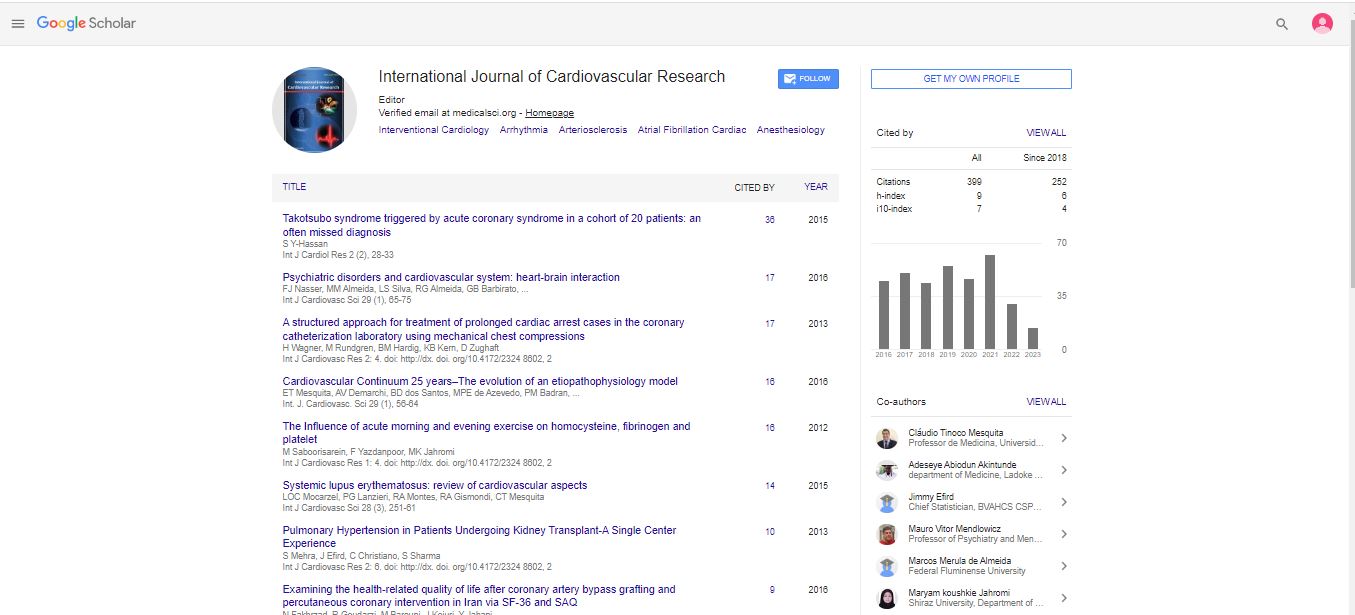Whether Echocardiographic Detection 0f Small Pericardial Effusion is Supporting in Diagnosing Kawasaki Disease
Whether Echocardiographic Detection 0f Small Pericardial Effusion is Supporting in Diagnosing Kawasaki Disease
In pediatric patients, small pericardial effusion commonly occurs in various conditions. This finding has been used as a supplemental criterion for Kawasaki disease (KD) diagnosis. We investigate whether the detection of small pericardial effusion has limited value in diagnosis of KD. Method: A prospective echocardiogram study was performed in two groups young children, specifically children in Group 1 were recruited from the well child clinic while Group 2 was KD patients. The echocardiogram was obtained to define pericardial effusion during systole and diastole. Result:Eighty-seven children (mean age 2.2 years, male: 63%) were enrolled in this study. Group 1 comprised 64 children, 24 children had a mild upper respiratory tract infection (URI).While 23 children were in Group 2, 11 of them had incomplete KD. Pericardial effusion detected during systole was visualized in 40.6 % of Group 1 and 43.5% of Group 2 (p=0.81). In Group 1, 66.7% of children with URI were found to have pericardial effusion during systole compared to 25% in the normal healthy children (p=0.001). The rate of detected small pericardial effusion during systole in URI children was similar to KD group (63.6%, p=1.00). In contrary, the detection of pericardial effusion throughout cardiac cycle including diastolic phase was found only in 13% of Group 2 whereas none in Group 1 (p =0.02). Conclusion:Defining small pericardial effusion only during systole is quite accustomed among young children. The pericardial effusion detected during diastole is quite uncommon but is a more explicit finding in children with KD .




